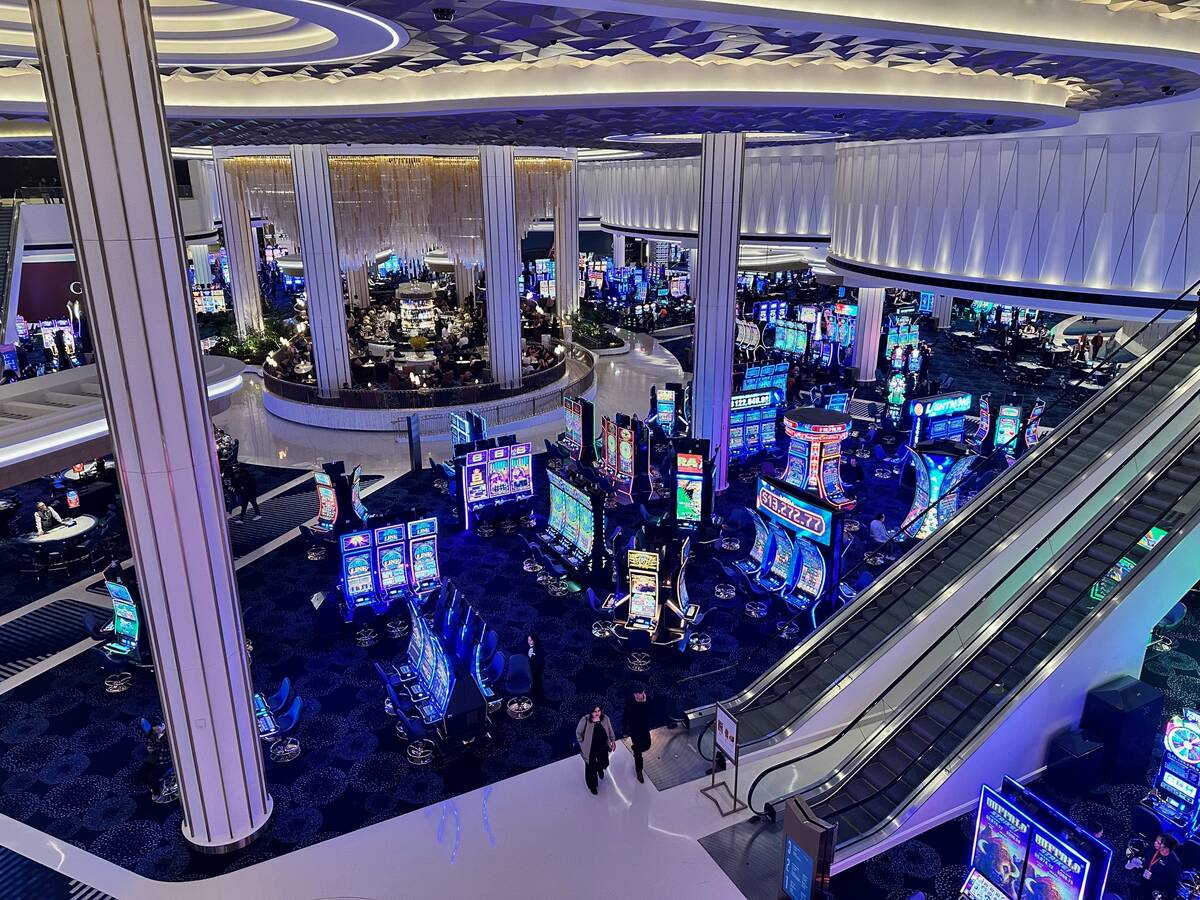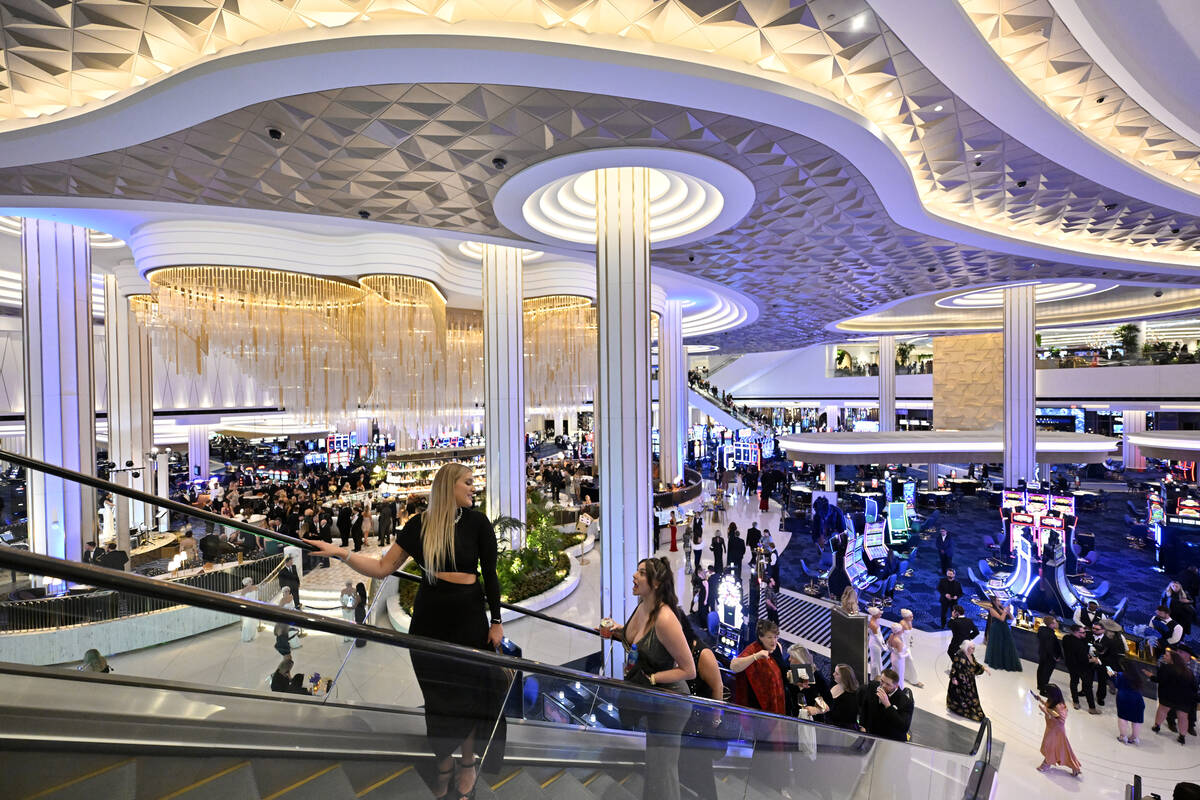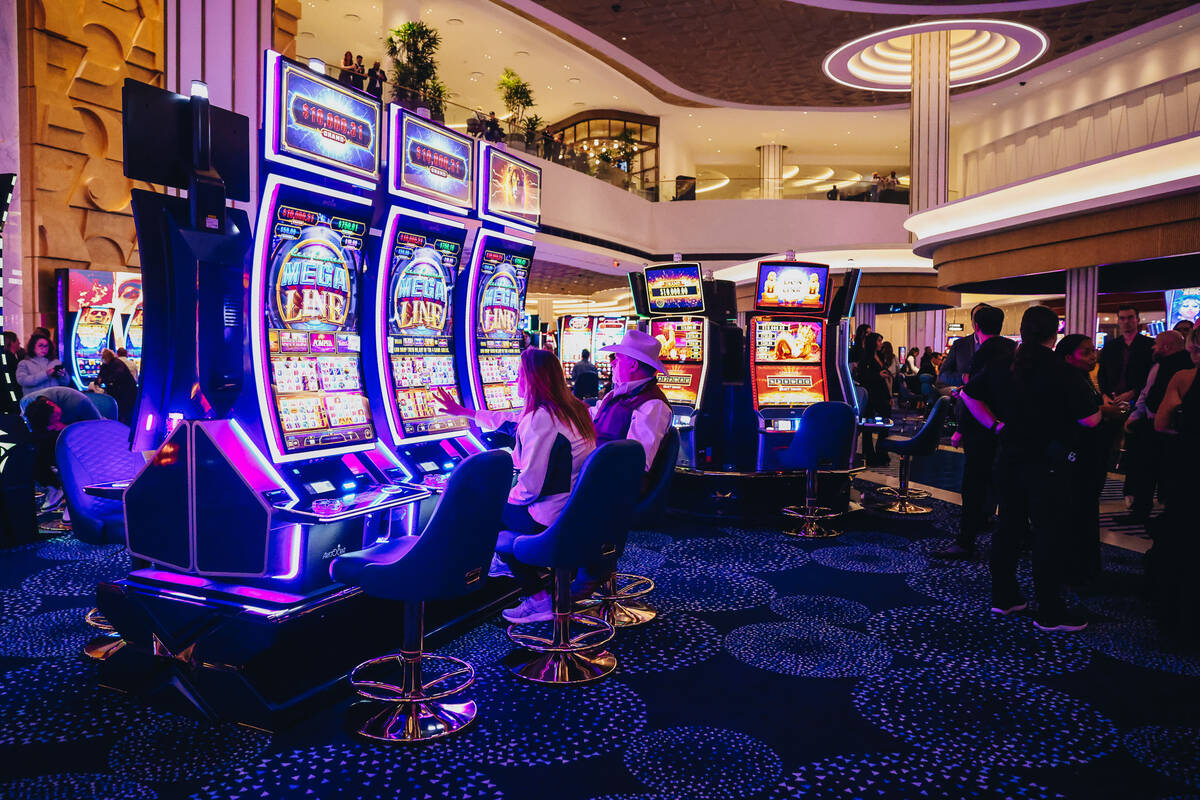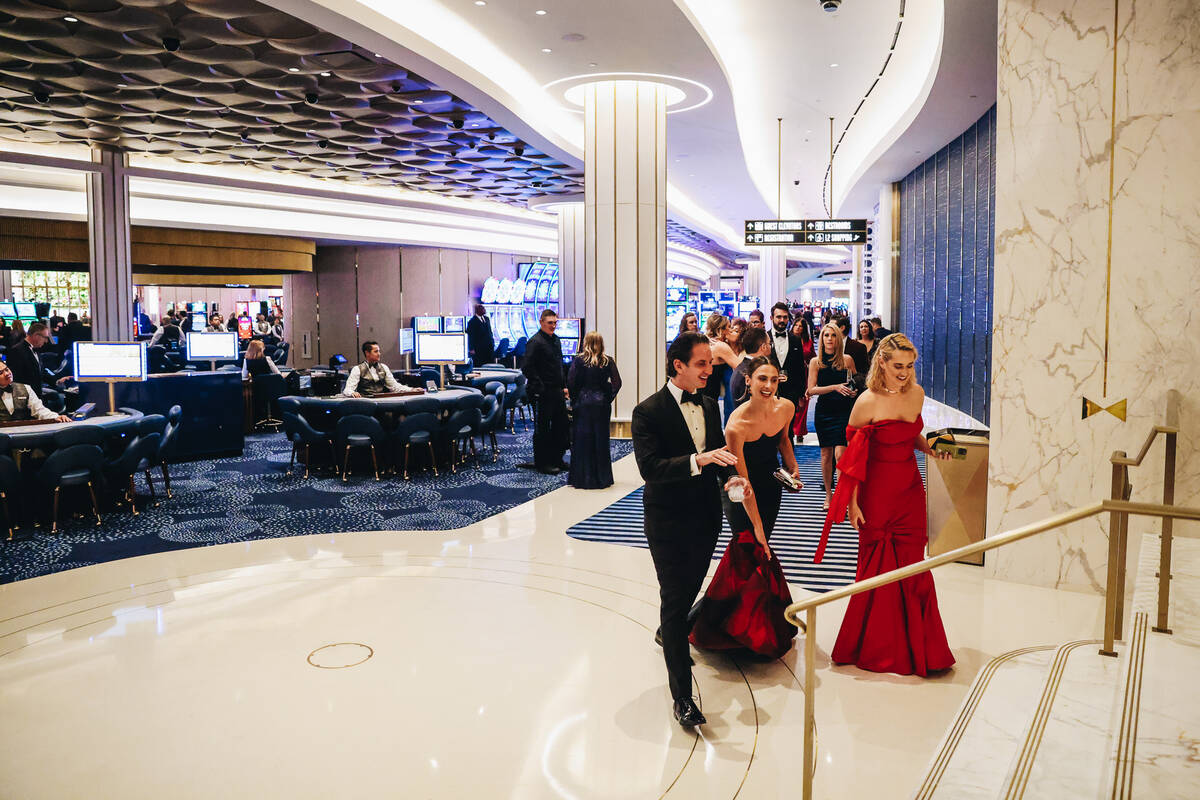What’s happening at the Fontainebleau?
All eyes are on the Fontainebleau in Las Vegas — but sometimes it seems for the strangest things.
The newest resort on the north Strip opened seven weeks ago and has made headlines for everything from its luxury looks to a small plate of nachos. High-level personnel changes have raised eyebrows, as have the seemingly slow business in public spaces.
While some observers wonder about the resort’s viability and why it hasn’t hit the market more forcefully, others say a property needs time to find its footing.
Weeks since opening
Fontainebleau opened on Dec. 13 with a celebrity-filled guest list for the VIP pre-opening. Before midnight, doors opened to a curious public, many of whom were excited to see the luxury property that had sat vacant since the Great Recession halted its construction.
Since then, observers have appreciated the 67-story building’s design and high-end restaurants. But they’ve also complained — to viral crowds — about the cost and quality of a plate of nachos, the quiet public spaces and the lack of casino loyalty tier matching, which was only offered during the first 24 hours of operation. Multiple visits to the property throughout January showed closed casino pit sections, multiple empty slot banks and few lines of diners at the property’s food hall.
Representatives of Fontainebleau declined to comment for this story.
One challenge for a new resort is often brand awareness. Independent operators have smaller customer databases to direct marketing efforts, while entering a competitive market. Resort executives have continuously touted the resort’s connection to the 1,504-room Miami Beach property, with plans to use that property’s database and East Coast connections to draw in customers. (The Florida property has no casino — though Fontainebleau Development Chairman and CEO Jeffrey Soffer is lobbying to change that.)
That’s where tier matching most often comes in, said Stowe Shoemaker, a former UNLV hospitality dean and loyalty marketing expert. He said casinos often use tier matching to “pay” the customer for giving their data. The firm then can track how the customer spends their money and make marketing programs based on the information.
It’s unclear why the limited tier-matching window was the only opportunity for players to gain those loyalty benefits. Shoemaker said some resorts may amend their matching programs to make sure the statuses align in spending or other ways.
“The key issue, however, is that one must compare ‘apples to apples,’” Shoemaker said. “That is, what it takes to make top tier status at property A must be the same to reach top tier at B. A top tier at a Station Casinos (spot) is probably not a top tier player at Wynn.”
New president could signal changes
Others watch the executive shake-ups for clues to the business plans. Four senior-level executives, overseeing departments such as casino marketing, operations and revenue management, left the company in the first month.
This week, Soffer announced a new president at the resort. Maurice Wooden, a 36-year hospitality and gaming veteran whose experience includes leading Wynn and Encore resorts from 2013 to 2019. A Sunday news release from Fontainebleau Development said they expect Wooden to help drive the resort’s growth and development.
“His well-established track record along with his unparalleled consistency and a deep knowledge of the hospitality and gaming industries instill an exceptional level of confidence in us as we continue the development and refinement of our Las Vegas property,” Soffer said in the release.
Industry analyst Brendan Bussmann said Wooden’s hire, with his experience at the nearby competitor and “standard for luxury,” could bring changes that align with Fontainebleau’s goals.
“Fontainebleau is trying to get a segment of that market out there, and bringing that five-star experience to offer a guest is very ingrained in their culture,” Bussmann, founder of Las Vegas-based B Global, said. “I am sure that Maurice will take some of those things in his tenure there and incorporate them into the Fontainebleau experience and culture there.”
‘Give them runway’
Changes are common in new Strip resorts as they test out the market, UNLV gaming historian David Schwartz said.
“It’s hard to know, when there are so many amenities, what is going to resonate with the public and what isn’t,” Schwartz said. “In the past we’ve seen restaurants that are very successful in other cities get involved in Vegas and didn’t do so well. And you have other things that do great and nobody would’ve expected them to do great.”
There are plenty of historical examples to support that. The Cosmopolitan opened in 2010 with a goal to attack the luxury market and a splashy, star-studded December opening, similar to Fontainebleau. It quickly became known as a trendy spot attributed to its nightlife. But the casino struggled and it faced millions in losses in the first few years of operation until it was purchased by The Blackstone Group in 2014. Heavy investments in its gaming program and penthouse suites revamped the center Strip property.
North on Las Vegas Boulevard, Sahara’s transformation to SLS — a hotel brand in New York, Los Angeles and Miami — in 2014 similarly struggled to find its market. It changed from a Rat Pack-era staple to a nightlife and food and beverage-focused site, hoping to attract Southern Californians. New owners purchased the site in 2018 and it reverted to its original brand a year later.
Bussmann said the Fontainebleau needs more time on the market before observers give their judgment.
“I think we’ve got to see how things work over the next few months,” he said. “You’re in the middle of convention season and other major events are coming. Let’s give them a little bit of runway. We’re looking at them on day one, and sometimes it takes a bit to get there.”
McKenna Ross is a corps member with Report for America, a national service program that places journalists into local newsrooms. Contact her at mross@reviewjournal.com. Follow @mckenna_ross_ on X.






















